Erin Harrington reviews Jonathan Ogilvie’s coming-of-age film set in 1970s and 80s Christchurch.
Jonathan Ogilvie’s semi-autobiographical coming-of-age film Head South spits in the face of cultural cringe. It pays warm tribute to Ōtautahi Christchurch’s vibrant underground post-punk scene in the 1970s and 80s, which gained international recognition and birthed the legendary Flying Nun label. It’s also a nostalgic, albeit uneven, celebration of the intensity of adolescence, a time when a scrappy new haircut, or an album shared by someone older and cooler than you, might tip your world on its axis.
Head South opens with a montage of Laurence Aberhart’s black-and-white photos of the city in the late 70s, over which animated credits, inspired by Len Lye’s scratch films, squiggle and hop. There’s an antsy sense of energy crackling across people-free images of graffitied sheds, houses, and shopfronts, as if these bland, urban Gothic facades are masking something vital and unchecked. We meet Angus, a somewhat dorky white middle-class teen who’s desperate for something bigger than school uniforms and TV dinners – and to not be seen as a wanker. Indie record stores have long been portals to other worlds, and at Middle Earth Records, a hole-in-the-wall on New Regent Street, it takes just a few seconds of Public Image Limited’s album First Issue to blow young Angus’s mind open. The tight boxy frame literally expands into widescreen as his horizons widen.
It’s all on for Angus, played with genial wide-eyed naïveté by Australian actor Ed Oxenbould. He gets a Clash-inspired haircut, converts his trousers into stovepipes, pinches his dad’s pointy wedding shoes and attempts to navigate the local scene’s strange, adult dynamics. What’s there to do but tell people he’s in a band, even though he doesn’t have an instrument, and blag his way on stage as the support act of aggro local group The Cursed? He’s driven, in part, by a desire to impress smoky-eyed hottie Holly (Roxie Mohebbi), an older woman with a secret, whose role (frustratingly) barely extends beyond that of unattainable, dangerous dream girl.
Angus is helped by prickly pharmacy assistant and talented guitarist Kristen; Stella Bennett (aka Benee) is terrific in the role, her dry takedowns a highlight. But as Angus’s world is expanding, his family is falling to bits. Mum’s gone AWOL. Melancholy, gravel-voiced dad Gordon (Márton Csókás) is having a slow-rolling mid-life crisis involving sports cars and botched attempts at garden maintenance. A great aunt keeps phoning with news from the grave. The family home – artist Bill Sutton’s historic modernist house in the residential red zone, a character in its own right – is wreathed in a shadowed sadness. News of the Erebus disaster opens the film, and portends later tragedies.
The period production design, from Christopher Bruce, is consistently excellent. You can smell the black mould, the stack of old National Geographics, the king size Rothmans, the cream buns, the swamp rising up. I appreciate that the film doesn’t go for any scene-setting hero shots – look, the Cathedral! A drone shot of the Avon! Obviously, part of this is out of post-quake necessity, but it paints an impeccable sense of place that teases out the texture of the flat city from the ground up. Claustrophobic working-class suburbs, cold 1920s villas, dreary halls, and dark railway tracks are filmed tightly, at vertiginous angles that obscure the city’s present-day architecture. It’s all offset by leafy streets and the beauty of the Botanic Garden’s Cuningham House conservatory, the genteel next to the grimy.
It’s also fitting that in a story devoted to pre-digital pleasures, much of the film’s richness comes from its sense of materiality, thanks to John Chrisstoffels’ glowing cinematography, and Julie-Anne De Ruvo’s sprightly editing. The film’s writing has a curiously languid pace – perhaps because Angus seems less like he drives the action and more like he bobs around in it – but there’s an arch, slightly surreal sense of humour woven through Head South’s filmic language that helps to kick things along. Static pops of needle drops and the twangs of guitar strings accompany twitchy jump cuts. Luminous blooms and streaks playfully signal shifts in time and location, like film stock being ripped from the projector. The scrappy jangle of local and international post-punk bands, along with fantastic original music from Shayne Carter, provides an insistent pulse as textured as the image’s grain.
Parts of the film have the dreamy quality of bitsy anecdotes that have swelled over the years into legend, but the film’s obsession with (high) fidelity comes at a cost. A subplot involving drug dealers and nude photos is perplexing. The ending is such a tonal about-face that it’s like sudden feedback through speakers. These events might be true to life, but in terms of the film proper they make much of the action, and character work, feel unfinished.
At the New Zealand International Film Festival’s sold-out opening night screening in the biggest cinema in Ōtautahi, Ogilvie roused the troops to stage a “coup d’état” against the American streaming services that are colonising our minds and imaginations. He demanded that we keep production here, and take more pride in our own work – work that is as good as anything that trickles down from the Northern Hemisphere. Head South is imperfect, but productions that celebrate local stories and weird subcultural histories still kick the teeth out of algorithmic blancmange any day.
Tasting notes: Head South would pair well with Into the Void (2014)










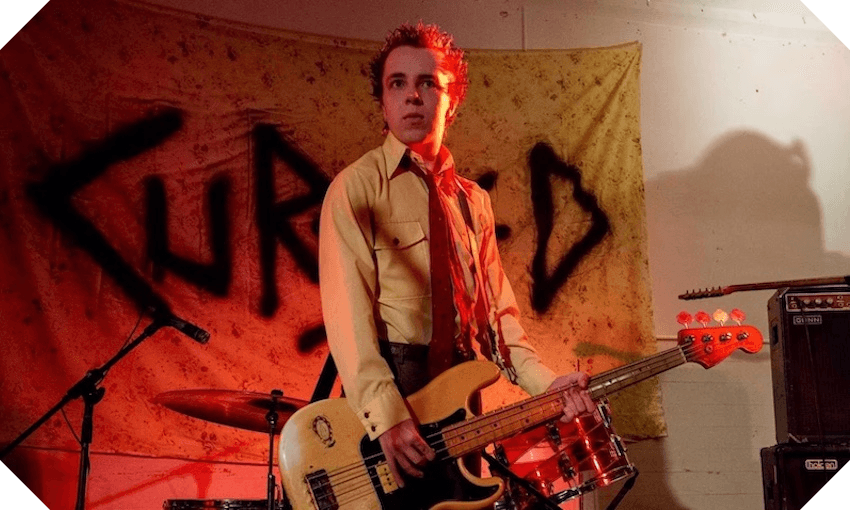
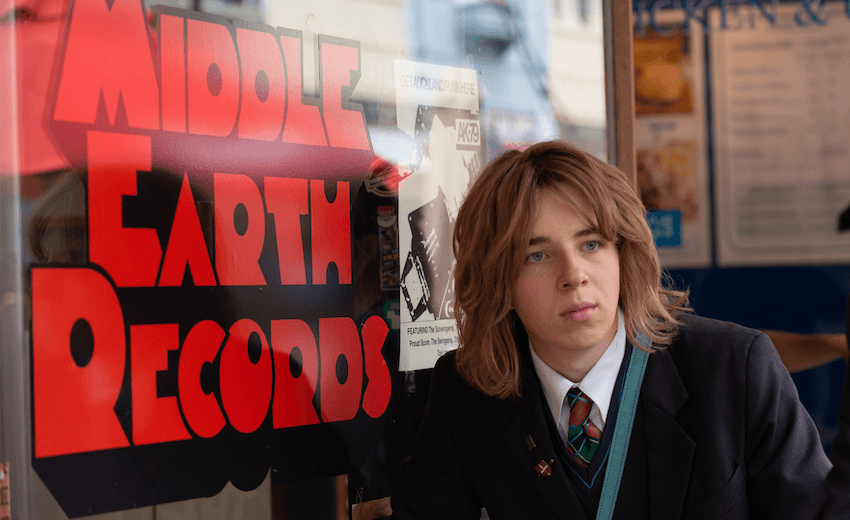
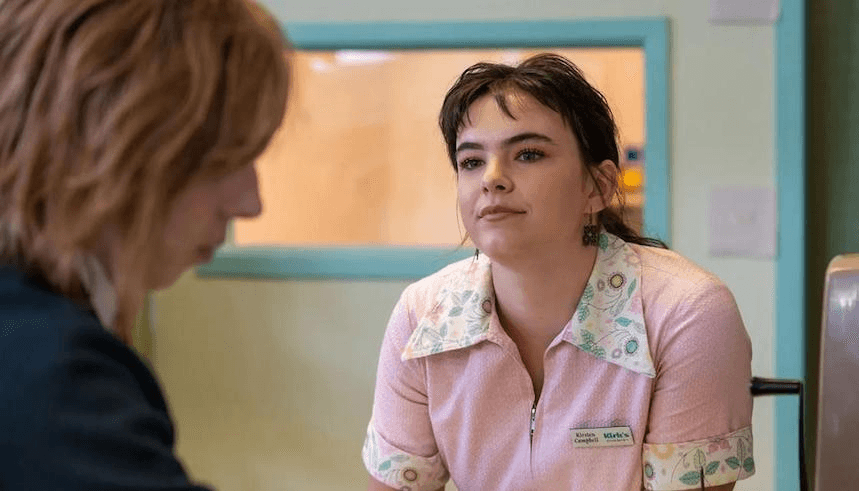





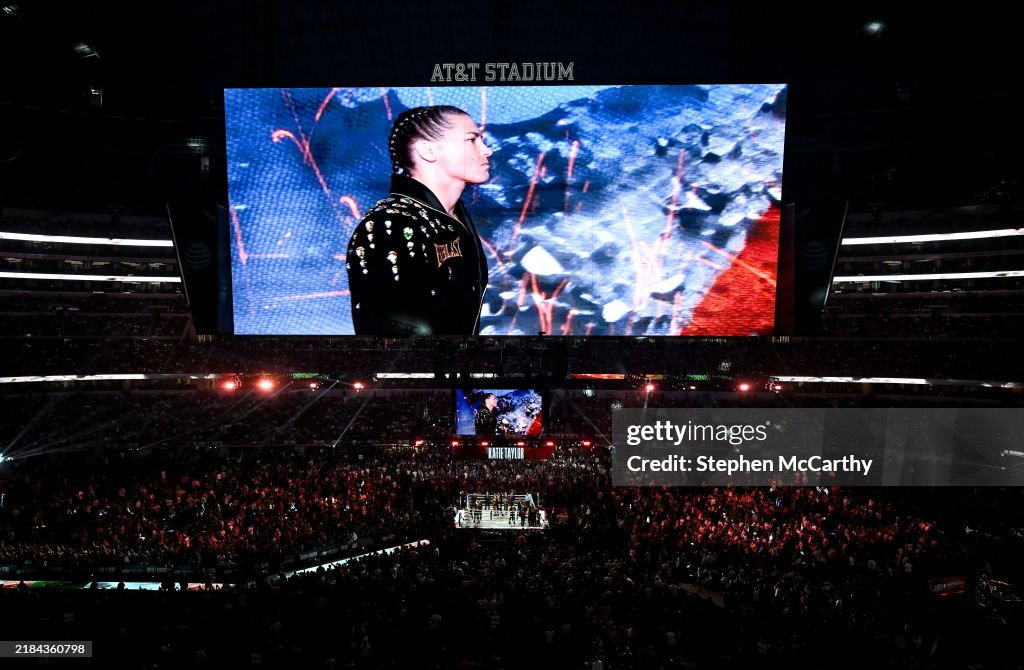
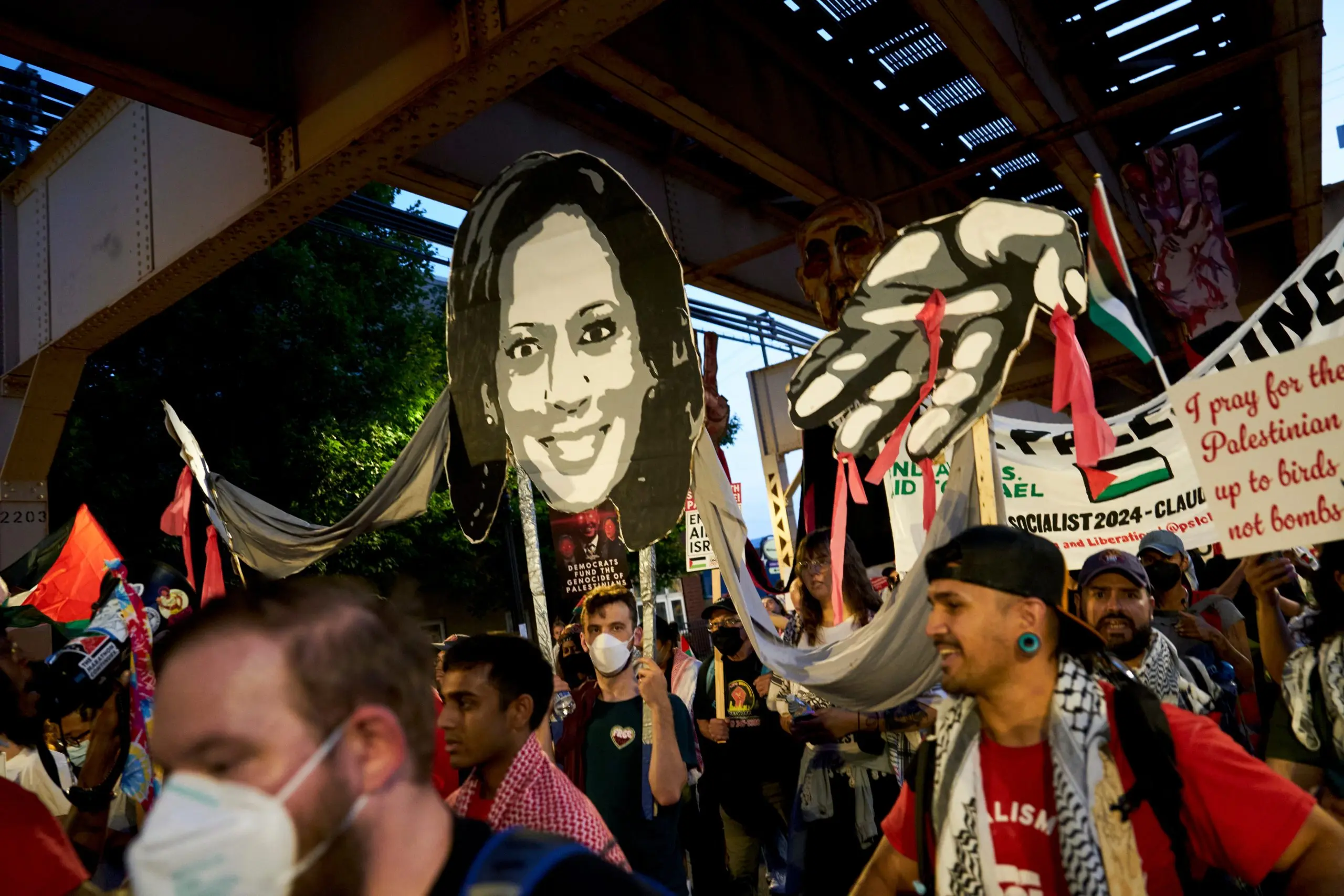



Discussion about this post